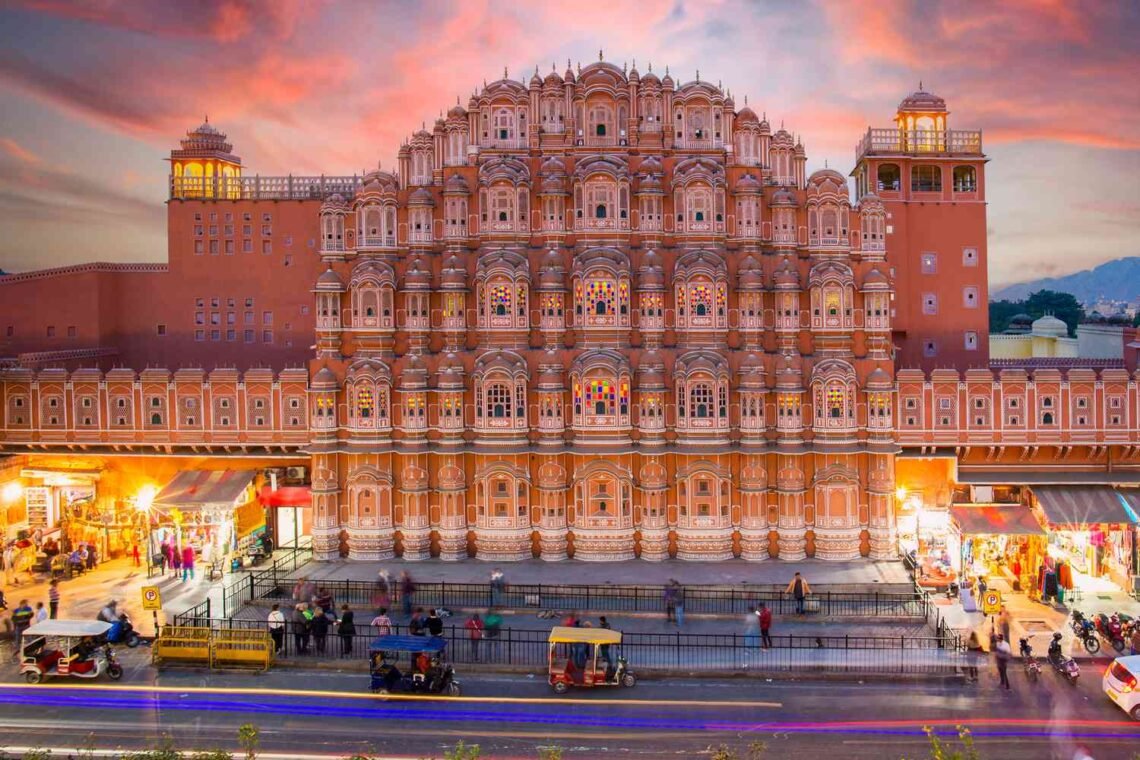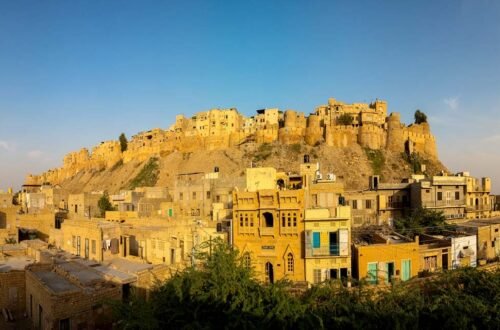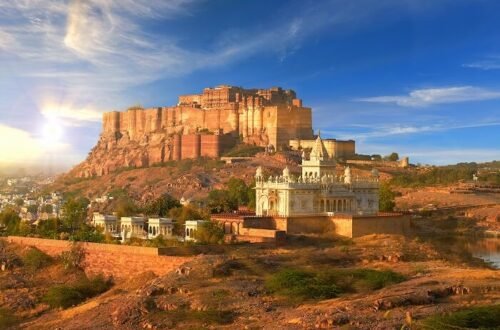The Golden Triangle of India—Delhi, Agra, and Jaipur—is often celebrated for its grand monuments. But beyond the Taj Mahal and Amber Fort lies a deeper cultural rhythm that breathes life into every corner of this historic route. Experiencing this circuit through its living cultures—art, festivals, food, markets, and daily traditions—offers a richer, more human connection to India’s heritage.
Delhi: A Cultural Mosaic Shaped by Centuries
Delhi is not merely a capital city; it’s a confluence of civilizations. In Old Delhi, the lanes of Chandni Chowk echo with the sounds of Urdu poets, the aromas of Mughlai food, and the clang of hand-pulled rickshaws. Visit the Khari Baoli spice market, Asia’s largest, to understand how trade continues to shape local culinary traditions. In contrast, New Delhi’s Lodhi Art District reflects contemporary voices through sprawling street art. Attending a Sufi Qawwali performance at Nizamuddin Dargah adds a soulful note to any cultural exploration.
Agra: More Than Just the Taj Mahal
While the Taj Mahal is Agra’s most iconic attraction, the city’s soul also thrives in its craftsmanship and oral storytelling traditions. The descendants of artisans who built the Taj still practice Pietra Dura, a technique of stone inlay. Visit their workshops to witness this intricate work firsthand. In nearby villages, puppet shows and folk music performances are still part of communal life. Agra’s bustling Kinari Bazaar not only offers wedding garments and traditional jewelry but also reflects generational trades passed down over centuries.
Jaipur: Rajput Heritage Alive in Everyday Life
In Jaipur, tradition is not preserved in glass cases but lived daily. Walking through the bazaars of the Pink City, you’ll find hand-block printing in Bagru, blue pottery studios, and jewelers creating intricate kundan pieces using ancient methods. The city is also home to families who have performed the traditional folk dance Ghoomar and the martial art Kalaripayattu for generations. Join a local cooking session to learn Rajasthani dishes like dal baati churma, and you’ll gain insights into the flavors shaped by desert life.
Extending Culture Through Nature: Ranthambore’s Tribal Echoes
When choosing a culturally immersive tour, adding Ranthambore offers more than just a wildlife safari. The region is home to forest-dwelling communities like the Mogiya tribe, whose lifestyle is deeply intertwined with nature. These communities follow oral storytelling traditions, forest folklore, and nature-based worship. Exploring Ranthambore with a local guide, especially on the Golden Triangle Tour With Ranthambore, provides unique perspectives on India’s ecological heritage and human-animal coexistence.
Sacred Culture: Spiritual Living in Varanasi
For travelers seeking a deeper cultural awakening, few places in India offer the intensity of Varanasi. This sacred city pulsates with rituals of life and death, Ganga aartis, and spiritual dialogues. The ghats are not just steps leading to water—they are platforms for reflection, performance, and passage. Artisans here are known for their silk weaving and woodwork, integral to local religious and domestic rituals. A Golden Triangle Tour with Varanasi bridges the gap between royal history and spiritual continuity.
Living Markets and Performing Arts
Every city in the Golden Triangle nurtures its own performing arts. In Delhi, attend a Kathak recital or visit the National School of Drama. In Jaipur, local theatres and heritage hotels often host puppet shows, Bhavai dances, and Rajasthani folk music. These are not curated tourist activities, but living art forms that continue to evolve while staying rooted in regional traditions.
Markets are an equally important part of this cultural landscape. Whether it’s Dilli Haat in Delhi, Sadar Bazaar in Agra, or Johari and Bapu Bazaar in Jaipur, these places are more than shopping hubs. They are centers of trade, interaction, and cultural transmission, where every object—from a brass pot to a block-printed kurta—tells a story.
Connecting Cultures on the Road
The beauty of exploring living cultures lies not only within the destinations but in the journey between them. Road travel offers the chance to stop at roadside eateries, interact with locals, or explore lesser-known towns. For instance, if you extend your route from Jaipur to Udaipur, you’ll witness the gradual change in dialects, dress, and landscapes. Booking a Jaipur to Udaipur Taxi ensures a flexible route where you can pause at cultural spots like Kishangarh or Nathdwara.
Planning a Meaningful Cultural Journey
A thoughtfully designed itinerary is essential to experience the living aspects of the Golden Triangle. Avoid a checklist-style trip focused solely on monuments. Instead, integrate cultural touchpoints: visit a local home, learn a craft, try regional cuisines, attend community gatherings if possible, and travel slowly.
To explore this dynamic triangle of India authentically, begin with the Golden Triangle Tour that not only covers the major attractions but allows space for such cultural immersion.





